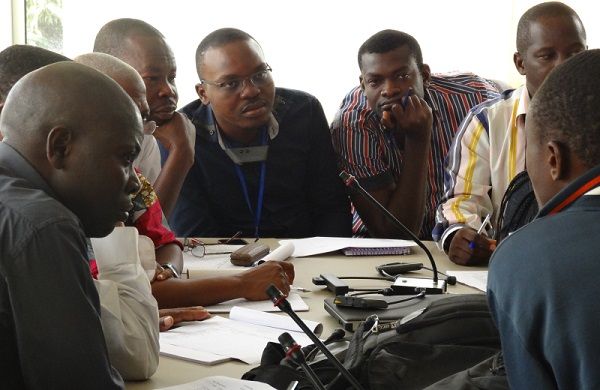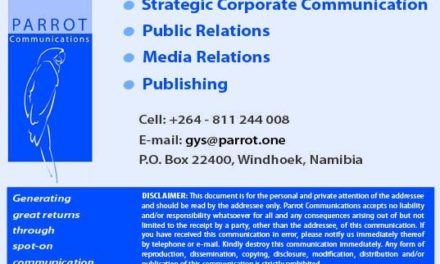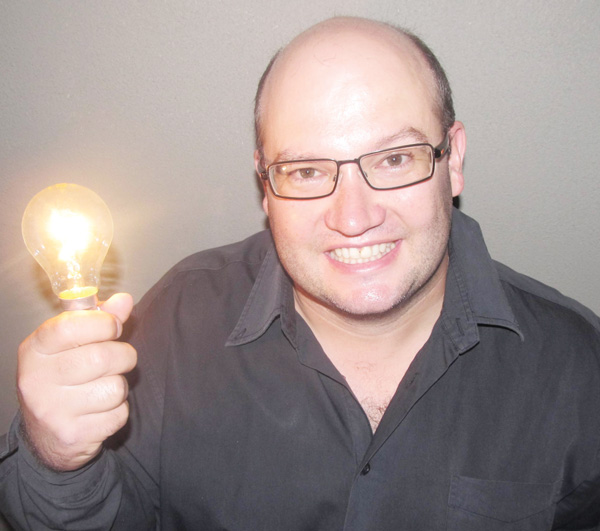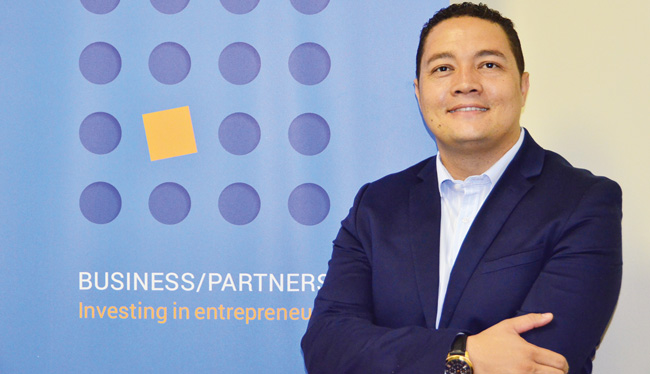
A clearly defined problem is the first step to hit upon a workable solution

Innovation Series by Rikus Grobler, www.nis.co.na, [email protected].
In the previous delivery I made the case that innovation often starts with a good problem to solve. For instance, what is frustrating your customers or your staff, what is wasting resources, what inefficiencies in your processes are costing you money?
These are good places to start. If you have found a good problem to solve, the solution or answer may not be that straight forward, or perhaps you find a solution that may not be the best or optimal one. There are many useful problem solving techniques available and I think it is worthwhile to explore some of them and have a few in your idea generation arsenal, as opposed to waiting for lightning to strike with a winning idea.
I am not favouring one method above another, some are more applicable to specific situations than others, but I will shortly list and discuss the best-known technique called Creative Problem Solving (CPS), and list some other techniques I have found to be useful.
The goal is not to make you an expert in these techniques but rather to create awareness and entice you to try them out when you are trying to solve a complex problem. You may just be surprised with the results.
Problem Solving Techniques
First a bit of history. Alex Osborn, founder of the Creative Education Foundation, developed CPS in the 1940s, along with the term “brainstorming.”
In short, CPS asks you to separate your “divergent” and “convergent” thinking.
Divergent thinking is the process of generating lots of potential solutions and possibilities, otherwise known as brainstorming. And convergent thinking involves evaluating those options and choosing the most promising one.
There are numerous variants on CPS, although they differ in the details rather than the overall framework.
The approach I recommend involves the following steps: 1. Clarify and identify the problem. 2. Research the problem. 3. Formulate creative challenges. 4. Generate ideas. 5. Combine and evaluate the ideas. 6. Draw up an action plan. 7. Implement the ideas.
I will discuss each of these steps in brief (courtesy of Jeffrey Baumgartner at http://www.innovationtools.com, an old friend of mine), but there is a wealth of information on this technique available on the Internet and even whole books dedicated to CPS if you want to learn more.
1. Clarify and identify the problem. Arguably the single most important step of CPS is identifying your real problem or goal. This may seem easy, but very often, what we believe to be the problem is not the real problem or goal. “Five whys” is a powerful problem-defining technique. Also decide what criteria you will eventually use to evaluate or judge the ideas. Are there budget limitations, a timeframe or other restrictions that will affect whether or not you can go ahead with an idea? What will you want to have accomplished with the ideas? What do you wish to avoid when you implement these ideas? Think about it and make a list of three to five evaluation criteria
2. Research the problem. The purpose of this step is to get a better understanding of the problem. Depending on the nature of the problem, you may need to do a great deal of research or very little. The best place to start these days is with your favourite search engine.
3. Formulate creative challenges. A creative challenge is basically a simple question framed to encourage suggestions or ideas. A challenge typically starts with “In what ways might we…?” or “How might we…?” or “How could we…?” Creative challenges should be simple, concise and focus on a single issue.
4. Generate ideas. Irrespective of your idea generation approach (discussed in previous articles), there are a few ground rules for this step. Write all ideas down (paper, computer, whiteboard, it does not matter). Write down every idea that is generated even if the idea is ludicrous, stupid or fails to solve the challenge, write it down. Make sure that no one criticizes anyone else’s ideas in any way. This is called “squelching”, because even the tiniest amount of criticism can discourage everyone in the group for sharing their more creative ideas. Set a time limit like 15 or 20 minutes. Once you have reached this time limit, compare ideas.
5. Combine and evaluate the ideas. After you have written down all of the ideas, take a break. It might just be an hour. It might be a day or more. Then go through the ideas. Related ideas can be combined together to form big ideas (or idea clusters). Then, using criteria you devised earlier, choose all of the ideas that broadly meet those criteria. Consider how well it meets each criterion and give it a rating of 0 to 5 points. Once you are finished, all of the ideas will have an evaluation score. Those ideas with the highest score best meet your criteria. They may not be your best ideas or your favourite ideas, but they are most likely to best solve your problem or enable you to achieve your goal.
6. Draw up an action plan. List the simple steps you need to take in order to implement your ideas. Ideas that involve a lot work to implement can be particularly intimidating. Breaking their implementation down into a series of readily accomplishable tasks makes these ideas easier to cope with and implement.
7. This step speaks for itself, and if the situation veers away from the steps in your action plan, don’t worry, rewrite your action plan!
Other techniques I have found useful that you can check out is SCAMPER and Six Thinking Hats of Dr Edward de Bono.
Next Time
Brainstorming is probably the longest-standing, best-known and most-used idea generation technique. However, it has received a lot of criticism over the last few years. In the next delivery, I will join the debate and share my opinions on the use of brainstorming as idea generation technique. I conclude with a short but powerful quote from John Dewey: “A problem well stated is a problem half solved.”
(Image by jrsbiodiversity.org)













































